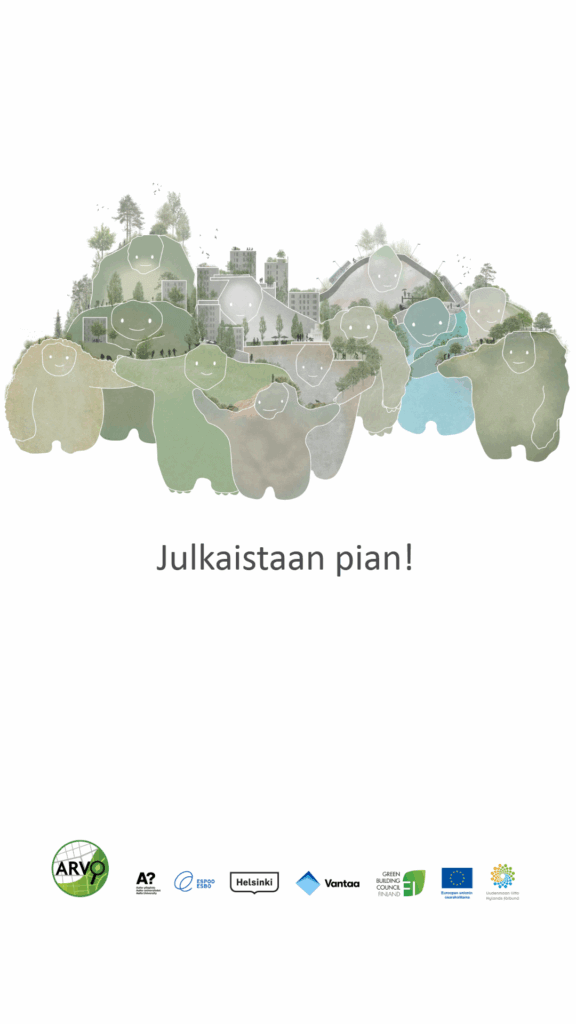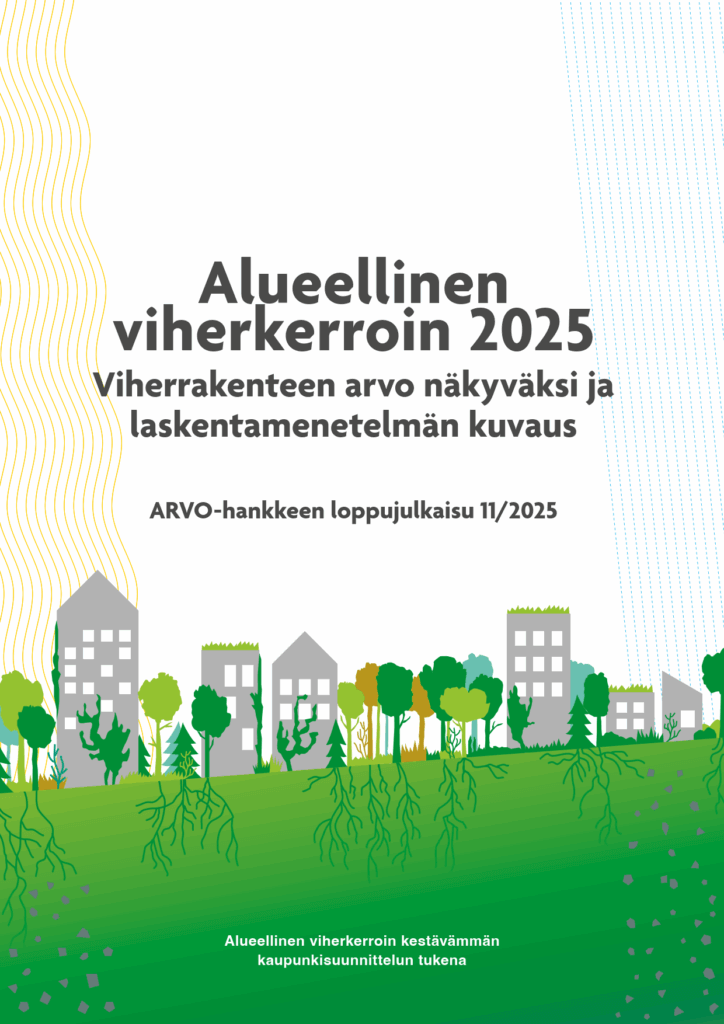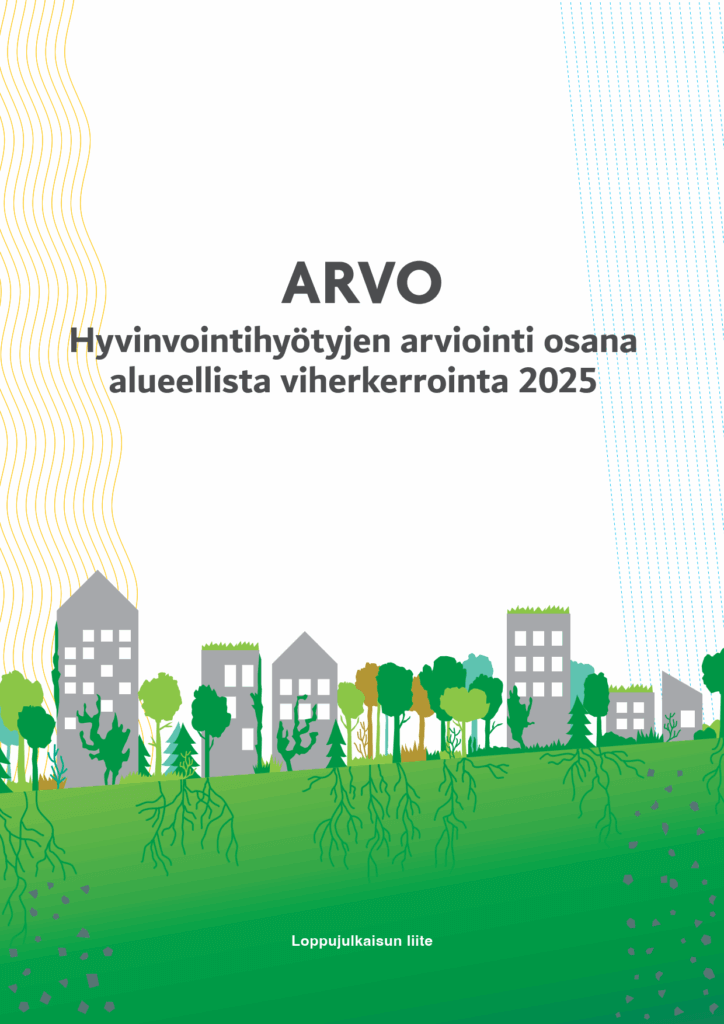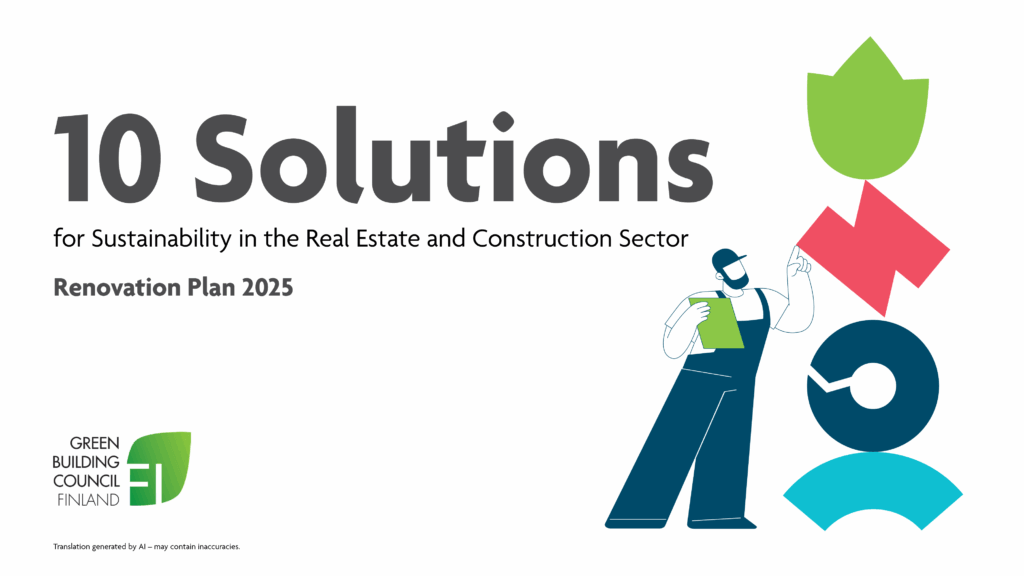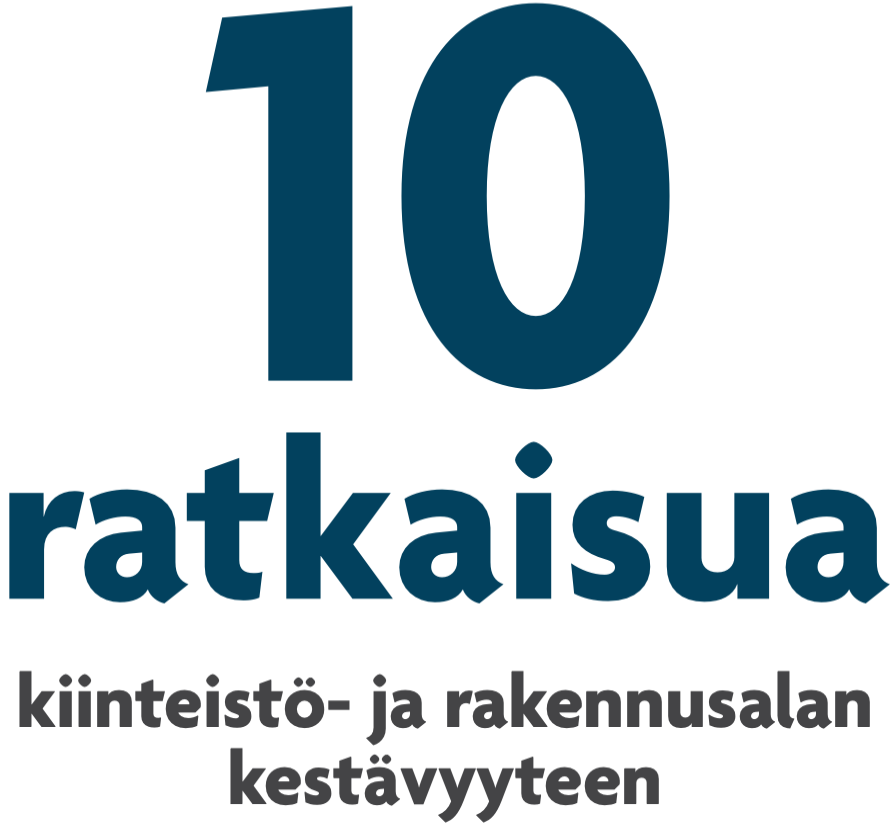It is predicted that by 2030, there will be a 40% gap between global fresh water supply and demand, with the built environment being responsible for around 15% of freshwater use.
With nearly half the global population predicted to be denied access to fresh, clean water, this humanitarian crisis has now become as urgent as tackling greenhouse gas emissions in the fight against climate change. That’s why the World Green Building Council (WorldGBC) has launched an innovative publication, ‘Building a water-resilient future’, outlining the role of the building and construction sector in tackling the global water crisis.
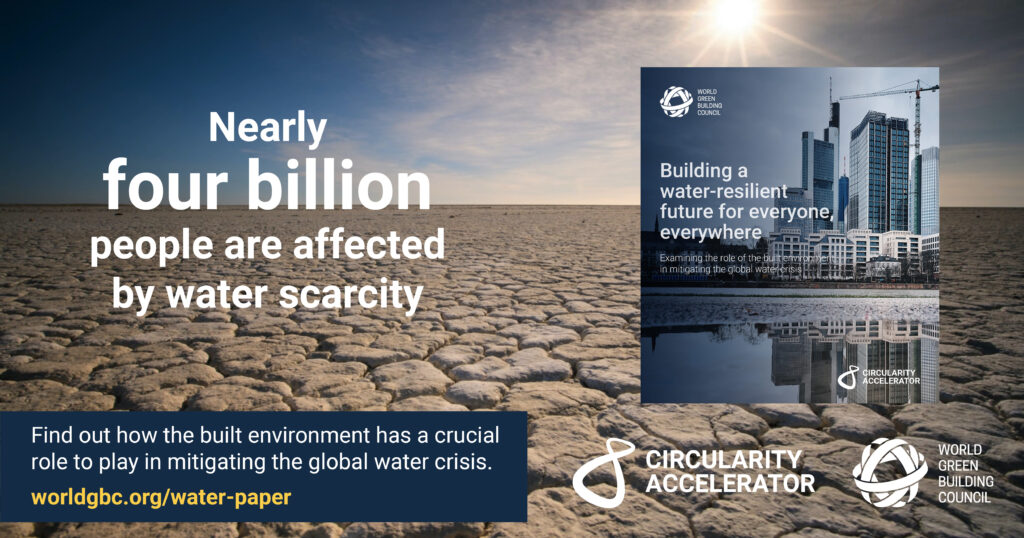
At the UN Climate Summit COP28 in Dubai, UAE, (30 November–12 December 2023), the role of the built environment will be spotlighted in addressing how we can secure an equitable and resilient future for everyone. This work will be showcased at COP28 to demonstrate how the built environment provides one of the greatest opportunities in helping the world transition to zero carbon, meet the Paris Agreement set target of 1.5°C and tackle the water crisis. The paper is aimed at the building and construction sector, and has been developed with extensive collaboration from WorldGBC’s global network and industry experts. It lays out the magnitude of the challenge — and what we can do to change course.
The challenges we face
Fresh water is essential for human existence. As our population continues to grow, combined with the lack of systemic and long-term planning, fresh water has become a globally scarce resource. As a result, the world is now facing a global water crisis that is being exacerbated by climate change, with global water use, storage and distribution contributing to 10% of global greenhouse gas (GHG) emissions.
Although the surface of the planet is approximately 70% water, less than 1% of the water on Earth is available for human consumption and use.
In the past century, population growth, industrialisation, urbanisation and climate change have collectively contributed to a rapidly accelerating global water crisis. Today, nearly four billion people are affected by water scarcity, and predictions suggest this number will only rise as global water demand is projected to increase 55% by 2050.
In addition, the global building floor area is expected to double in size by 2060 – meaning an urban area the size of New York City is being built every month. The sector is using water across four scales – materials supply chain, construction, operating buildings and cities – at all stages of the lifecycle.
The solutions we need now
The impact of tackling the water crisis within the built environment has immense opportunities to address the water crisis on a global scale. Supported by exemplary case studies from around the world, this paper highlights four key areas across the built environment, where solutions can, and are, being actioned to tackle this crisis. The infographic below demonstrates the four key stages of the lifecycle where water use can be most effectively addressed.
Circularity Accelerator programme
This paper has been developed by WorldGBC in collaboration with a network of 26 Green Building Councils around the world, as well as our partners Brightworks Sustainability, CBRE, Foster + Partners, WSP, Kingspan and ARKANCE (formerly VinZero), and a network of over 30 individual experts.
This position paper is the latest publication from WorldGBC’s global Circularity Accelerator programme, which earlier in 2023 released the ‘Circular Built Environment Playbook’. The Playbook outlines how the building and construction sector can implement circular economy and resource efficiency principles throughout the entire lifecycle of a building.
The document will be launched at the Green Building Council South Africa annual Green Building Convention on 15 –17 November 2023. Now in its 16th year, this conference aims to create a space for sharing innovative solutions and best practices to demonstrate the built environment as a force for change. Find out more here. Follow the campaign at #CircularityAccelerator and #ChangeTheCourse.
For further reading
- World Economic Forum (2023) Global freshwater demand will exceed supply 40% by 2030, experts warn
- The Water Research Foundation (2023) Greenhouse gas emissions in the water sector: Let’s uncover the basics
- The Economist (2010) For want of a drink
- M.M. Mekonnen, A.Y. Hoekstra (2016) Four billion people facing severe water scarcity. Sci. Adv. 2 (2016)
- OECD (2012) OECD Environmental Outlook to 2050: The Consequences of Inaction – Key Facts and Figures

